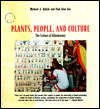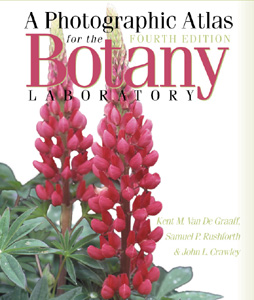Course outline objectives
- Course Objectives
- Program learning outcomes
- Define and explain the concepts, principles, and theories of a field of science.
- Demonstrate basic cultural literacy of the Micronesian region.
- Demonstrate the ability to read, speak and write effectively in English about Micronesian Studies Program course content.
- Specific student learning outcomes for
course
Botanic- Identify local plants by local and scientific names.
- Compare and contrast the distinguishing reproductive characteristics of different phyla of plants including mosses, seedless vascular plants, gymnosperms, and angiosperms.
- Label the key morphological features of the different phyla
of plants including mosses, seedless vascular plants,
gymnosperms, and angiosperms including the morphology of the
reproductive structures.
Ethnographic - Communicate and describe the healing uses of local plants and the cultural contexts in which that healing occurs.
- Contribute, participate in, and experience eating local food made from plants and describe the production process.
- Communicate and describe the use of plants for transportation, for shelter, and in other material culture applications.
- Describe and observe the use, role, and importance of psychoactive plants within their traditional ceremonial cultural contexts.
- [optional] Participate in the development and maintenance of an ethnobotanical garden.
- Program learning outcomes
- Course content
- Cyanophyta, mosses, and seedless vascular plants
- Healing plants
- Gymnosperms
- Food plants
- Angiosperms: vegetative morphology
- Material culture plants
- Angiosperms: floral morphology
- Psychoactive plants
- [optional] Ethnobotanic garden
- Textbooks
 Plants, people, and culture: The
Science of Ethnobotany. ©2005 Balick, Michael J., and
Cox, Paul Alan. ISBN 0615129536. Distributed by the American
Botanical Council, P.O. Box 144345, Austin, Texas, 78714-4345,
Herbalgram.org, Phone:
512-926-4900
Plants, people, and culture: The
Science of Ethnobotany. ©2005 Balick, Michael J., and
Cox, Paul Alan. ISBN 0615129536. Distributed by the American
Botanical Council, P.O. Box 144345, Austin, Texas, 78714-4345,
Herbalgram.org, Phone:
512-926-4900- A Photographic Atlas for the Botany Laboratory,
4th [or subsequent editions] Kent Van de Graff, John
L. Crawley Samuel R. Rushforth. Morton Publishing Company

- Required course materials: No specific materials.
- Reference materials: No specific materials.
- Instructional cost: Field trips or hikes to a local botanic garden where possible. Each term the course on Pohnpei also observes a kava ceremony.
- Methods of instruction: This course emphasizes participation via presentations by students, hikes on which students learn to field identify plants, the preparation of local foods to share with other students, field trips to botanic gardens and ethnobotanically relevant ceremonies. Students engage in group work, hikes, field trips, presentations. Other methods include lectures and guest speakers. Evaluation will include tests, a midterm, essay questions, and evidence of work done via presentations.
- Evaluation: No credit by evaluation.
- Attendance policy: As per COM-FSM policy in current catalog.
- Academic honesty: As per COM-FSM policy in current catalog.